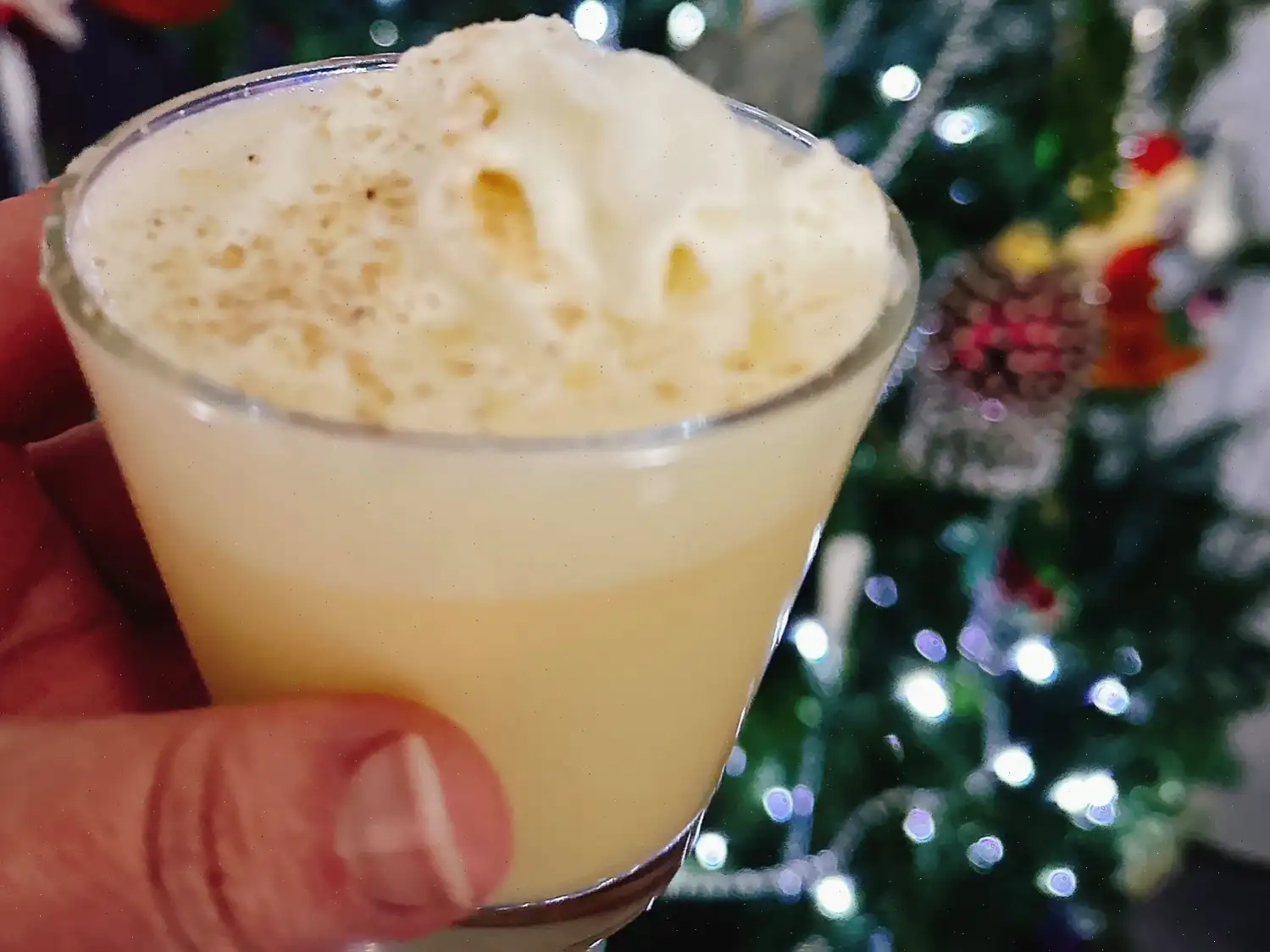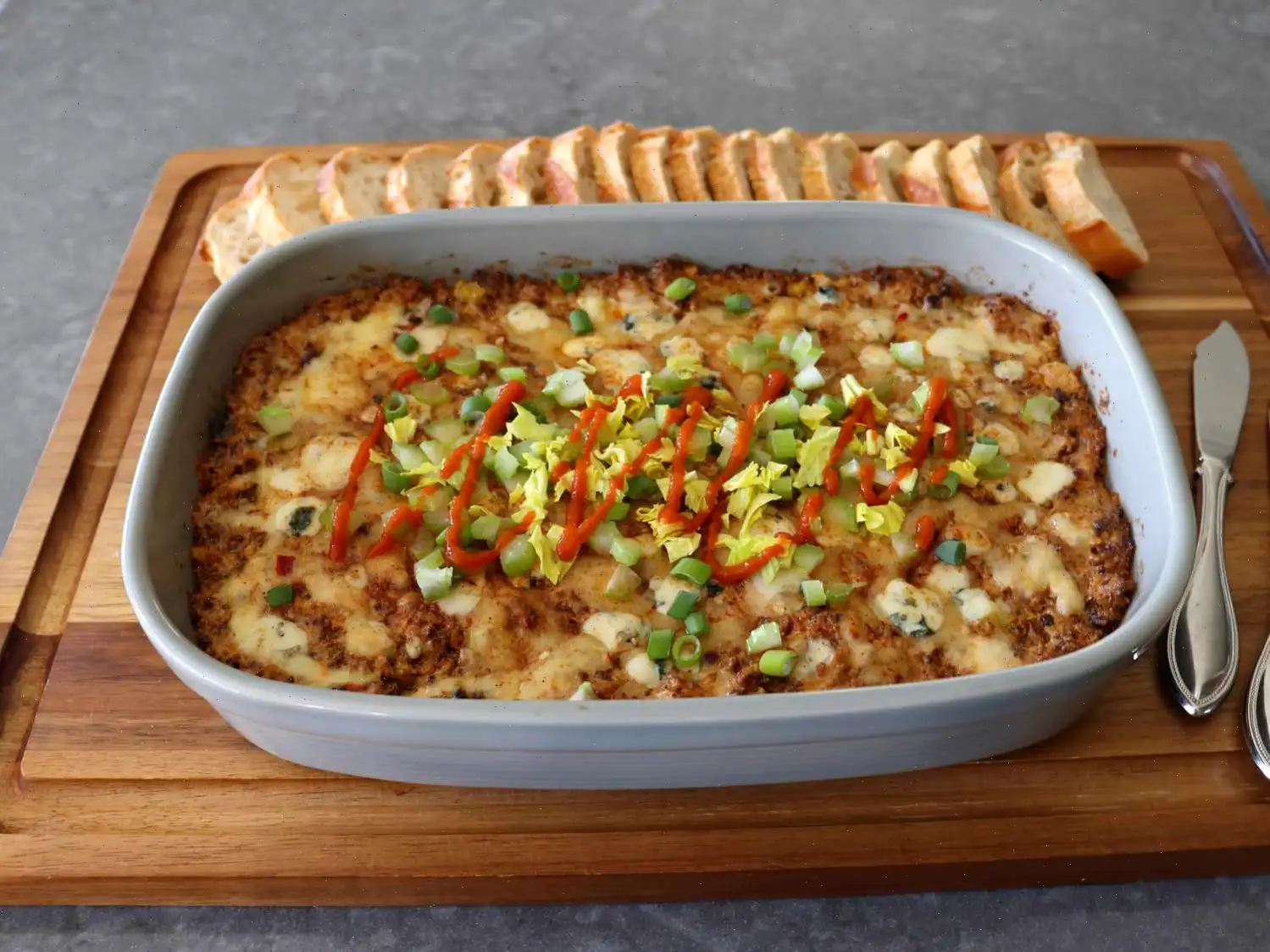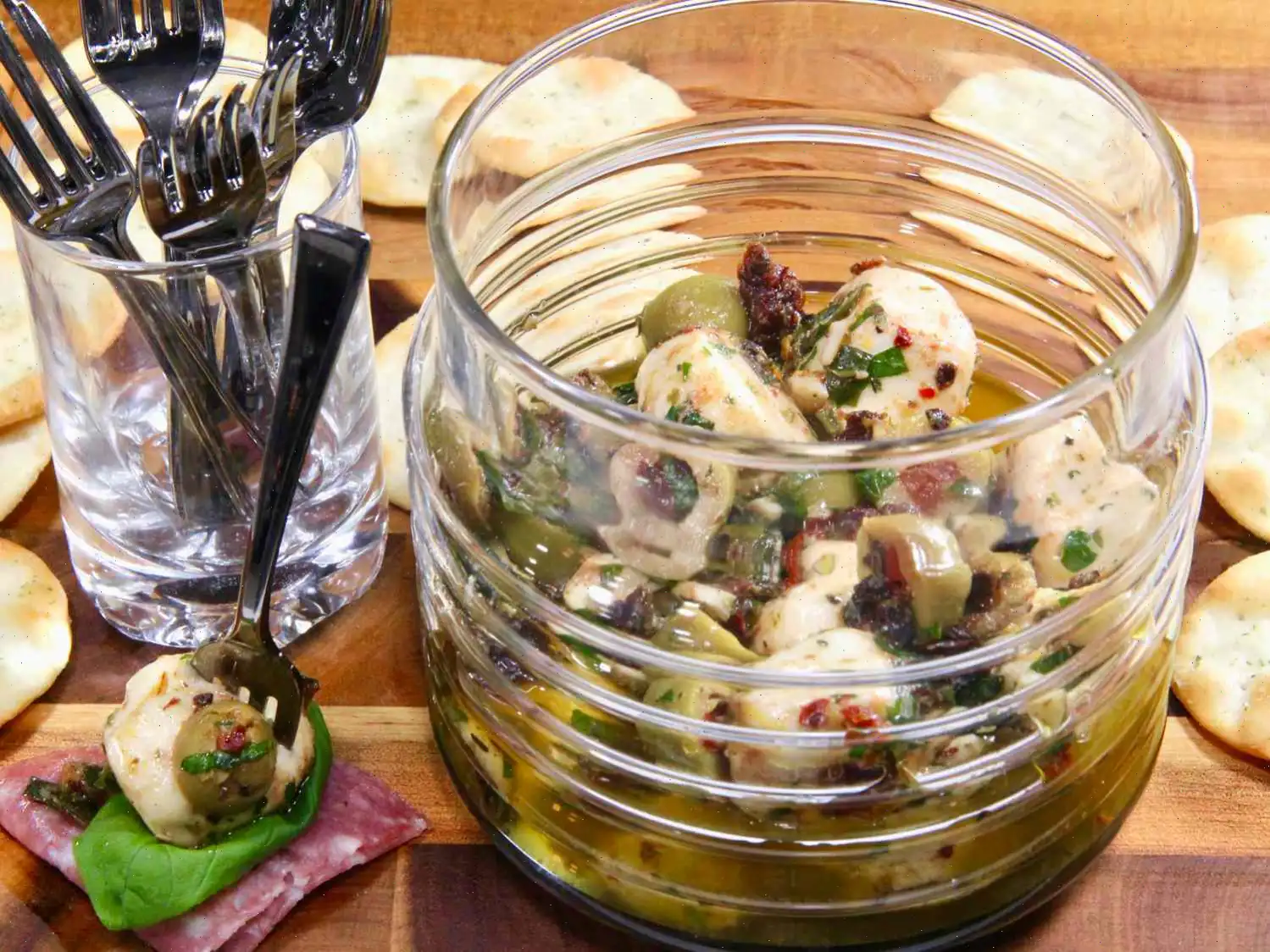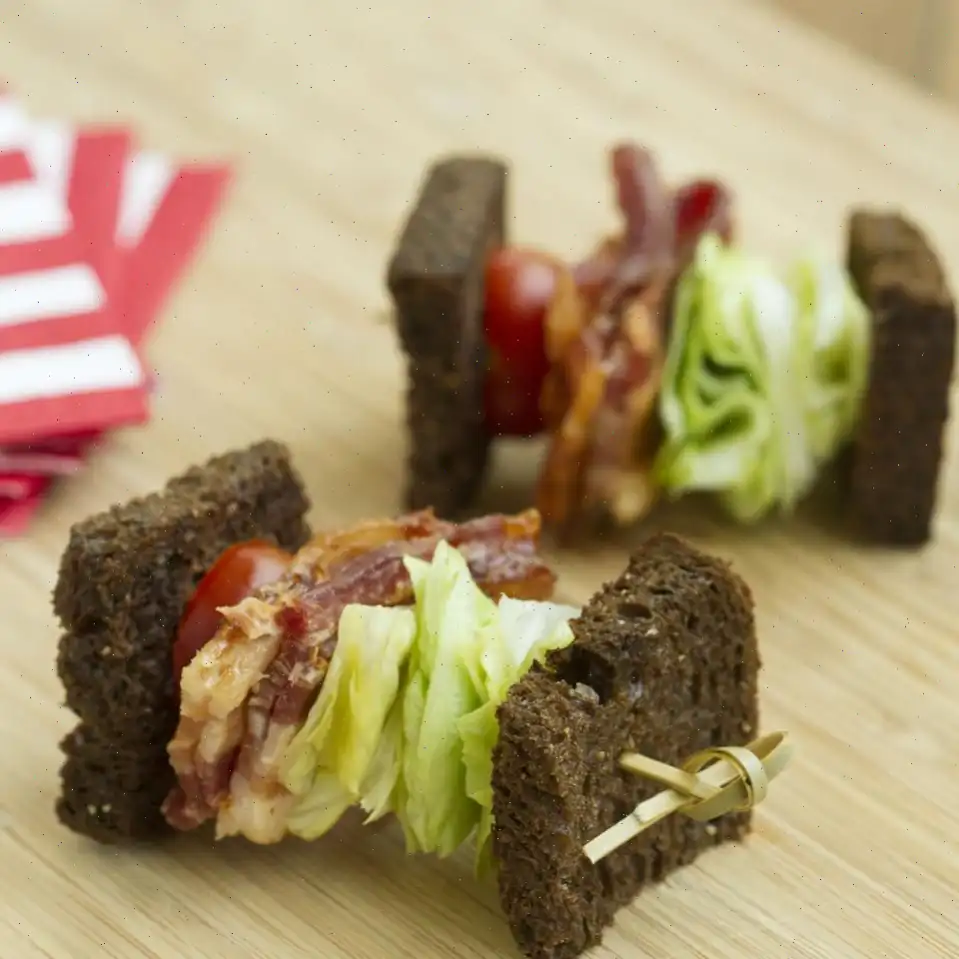
Teriyaki Steak Quesadillas Recipe
Ingredients
- 1/3 cup soy sauce
- 1/4 cup mirin
- 1/4 cup sake
- 4 cloves garlic
- 2 tablespoons brown sugar
- 1 teaspoon grated fresh ginger
- 1 Thai chili or bird's eye chili pepper
- 1 pound skirt steak, cut into bite-sized pieces
- 1 tablespoon vegetable oil
- 1 1/2 cups broccoli florets
- 8 (10-inch) flour tortillas
- 1 1/4 cup shredded quesadilla cheese
- 1/3 cup mini bell pepper
For Garnish (optional):
- Black sesame seeds
- Sliced green onions
- Purchased Yum Yum sauce (optional)
- Purchased teriyaki sauce (optional)
Directions
- In a blender, combine soy sauce, mirin, sake, garlic, brown sugar, ginger, and Thai chili. Blend on high until smooth. Reserve 2 tablespoons of marinade and pour the remaining marinade into a resealable plastic bag.
- Add the skirt steak pieces into the resealable bag, seal it, and refrigerate for at least 30 minutes or up to overnight to marinate.
- Heat vegetable oil in a large skillet over medium heat. Remove steak from the marinade, shake off the excess, and cook the steak in the skillet for about 5 minutes, stirring frequently, until browned. Discard the remaining marinade.
- While the steak cooks, place broccoli florets into a microwave-safe steamer and microwave for about 3 minutes, or until tender. Roughly chop the steamed broccoli.
- Remove the cooked steak from the skillet, place it on a plate, and drizzle with the 2 tablespoons of reserved marinade to keep it flavorful and moist. Set the steak aside to keep warm.
- Wipe the skillet clean with a paper towel and place a tortilla in the skillet. Add 1/8 of the shredded cheese, steak pieces, chopped broccoli, and mini bell pepper to the tortilla.
- Fold the tortilla in half, pressing it down gently with a spatula. Cook for about 3 minutes, until the tortilla begins to brown and the cheese melts.
- Carefully flip the quesadilla over and cook the other side for about 3 minutes until browned and crispy.
- Repeat this process with the remaining tortillas and ingredients until all quesadillas are made.
- Cut each quesadilla into wedges and garnish with black sesame seeds and sliced green onions. Optionally, serve with Yum Yum sauce and teriyaki sauce for added flavor.
Nutrition Facts
Per serving (1 of 8 servings):
- Calories: 633
- Total Fat: 23g (30% DV)
- Saturated Fat: 9g (43% DV)
- Cholesterol: 50mg (17% DV)
- Sodium: 1228mg (53% DV)
- Total Carbohydrates: 73g (26% DV)
- Dietary Fiber: 5g (19% DV)
- Total Sugars: 7g
- Protein: 30g (59% DV)
- Vitamin C: 35mg (39% DV)
- Calcium: 192mg (15% DV)
- Iron: 6mg (33% DV)
- Potassium: 535mg (11% DV)
* Percent Daily Values are based on a 2,000 calorie diet. Your daily values may be higher or lower depending on your calorie needs.
The Story Behind Teriyaki Steak Quesadillas
Teriyaki Steak Quesadillas represent a unique fusion of culinary traditions from two distant cultures: Japanese and Mexican. The term teriyaki originates from Japan, where it refers to a cooking technique that uses soy sauce, mirin, and sugar to create a glossy, flavorful glaze for meats. Quesadillas, on the other hand, are a staple of Mexican cuisine, traditionally made by folding a tortilla around cheese and other fillings. The combination of these two distinct food traditions is a modern culinary innovation, born from the growing popularity of fusion cuisine in North America over the last few decades. It showcases how global flavors can come together in a single, harmonious dish.
Regional Variations and Adaptations
While this recipe has gained widespread popularity in the United States, regional variations have emerged. In California and other coastal cities, chefs often incorporate locally sourced vegetables, such as bell peppers and broccoli, alongside the steak. In some regions, the teriyaki marinade is adjusted to include honey or pineapple juice for added sweetness, reflecting local tastes. In contrast, Japanese-inspired versions in fusion restaurants in Japan sometimes replace the flour tortilla with a softer, thinner flatbread, making the dish lighter while retaining the classic teriyaki flavor.
How It Differs From Similar Dishes
Teriyaki Steak Quesadillas stand apart from other quesadilla recipes due to the distinct Japanese-style marinade used on the meat. Unlike traditional Mexican quesadillas, which often feature simple fillings like cheese, mushrooms, or beans, this version combines marinated steak, lightly steamed broccoli, and a hint of Asian chili spice. The teriyaki glaze imparts a sweet-savory balance not found in classic quesadillas, making each bite richer and more complex in flavor. It is also different from standard teriyaki dishes, which are usually served with rice; here, the tortilla creates a handheld, portable meal format.
Typical Settings for Serving
This fusion dish is most commonly served as a casual dinner or appetizer, particularly in modern gastropubs, food trucks, and family-friendly restaurants that experiment with global flavors. It is also popular as a party dish because the quesadillas can be prepared in advance, cooked quickly, and served in wedge portions. In some homes, it is enjoyed as a convenient weeknight meal or a fun recipe for gatherings where people can customize their own fillings, adding vegetables or sauces according to preference.
Interesting Facts About Teriyaki Steak Quesadillas
- The combination of teriyaki and quesadillas became more widely recognized after social media and food blogs highlighted creative fusion recipes in the 2010s.
- The dish showcases how versatile skirt steak is, as it absorbs marinades quickly and remains tender when cooked briefly, making it ideal for quesadillas.
- Black sesame seeds, often used as a garnish, are not just decorative; they add a subtle nutty flavor that complements the sweet-salty teriyaki glaze.
- The inclusion of steamed broccoli is a modern health-conscious adaptation, providing color, texture, and nutritional balance without overpowering the flavors of the steak and cheese.
- Despite being a fusion dish, Teriyaki Steak Quesadillas respect the core principles of both cuisines: simplicity and balance in Japanese cooking, and hearty, customizable fillings in Mexican cuisine.
You can listen to this recipe in AI audio format. Simply click the play button below to listen to the content in a format that suits you best. It’s a great way to absorb information on the go!








